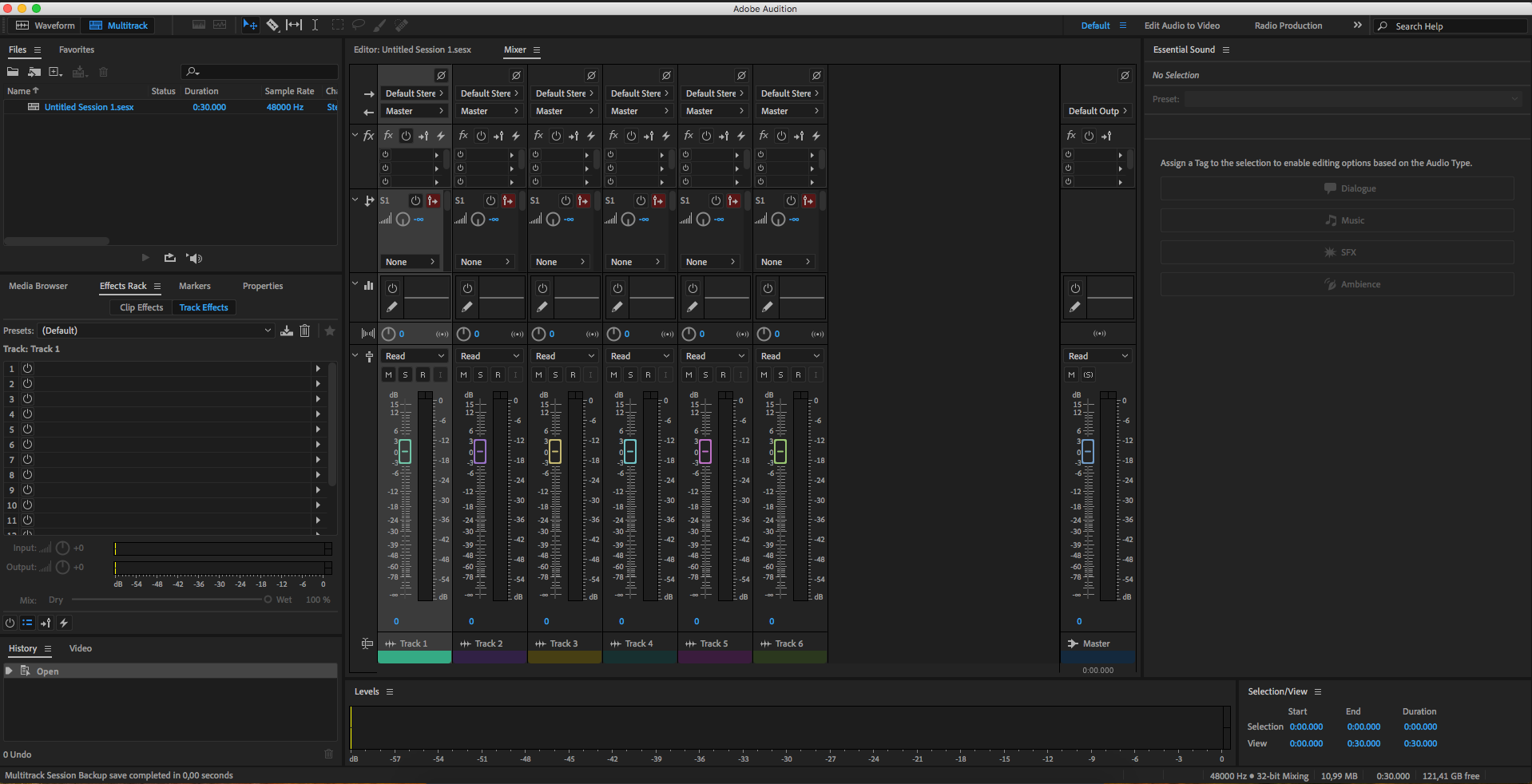32-bit plug-ins that you used in previous versions of Audition don't appear in the Effects Menu or Effects Rack in Audition CC.
With the release of Adobe Audition CC, Audition is now a 64-bit program. Upgrade any plug-ins that were designed to work in a 32-bit environment to a 64-bit version or use a bridge.
Audition CC only supports 64-bit VST plug-ins. So if your plug-ins are 32-bit only then they won't work. Audition CS6 supports 32-bit plug-ins natively since it is a 32-bit application.

- If you are trying to load your Waves plugins in Adobe Audition but you cannot find them, follow these instructions in order to make the plugins available. Step #1 – Verify the license is activated First, check whether the relevant plugin or bundle license/s are activated on your computer or USB Flash Drive.
- VST plug-in handling Adobe Audition supports third-party 64-bit audio plug-ins in VST 2.4, VST 3.0 formats for macOS and Windows, and Audio Units for macOS. Note: VSTi and virtual instrument synthesis plug-ins are not supported at this time. To locate plug-ins or manage their visibility in the application, use the Audition Audio Plug-In.
To use 32-bit VST plug-ins in a Windows environment, install JBridge. You can download the utility from http://jstuff.wordpress.com/jbridge. It's not necessary to wrap the VST plug-ins. To enable it, go to Edit > Preferences > Effects > Scan 32-bit VST Effects Using jBridge.
For Mac OS, rewrap the VST plug-ins through the JBridgeM utility, which you can download from http://jstuff.wordpress.com/jbridgem/. The utility creates new VST files that are used in Adobe Audition
Free Plugins For Adobe Audition
Note:
The move to a 64-bit environment was designed to improve the use of memory and hardware. (It does not imply that Audition CC captures or edits 64-bit audio.)
Vst Plugins For Adobe Audition Cc
In this brief guide, we've shared how to install VST in Adobe Audition, so you can take advantage of virtually any audio plug-in on the market. Short for 'Virtual Studio Technology', VSTs give you access to thousands of third-party plug-ins online, and many of them are free to download. |